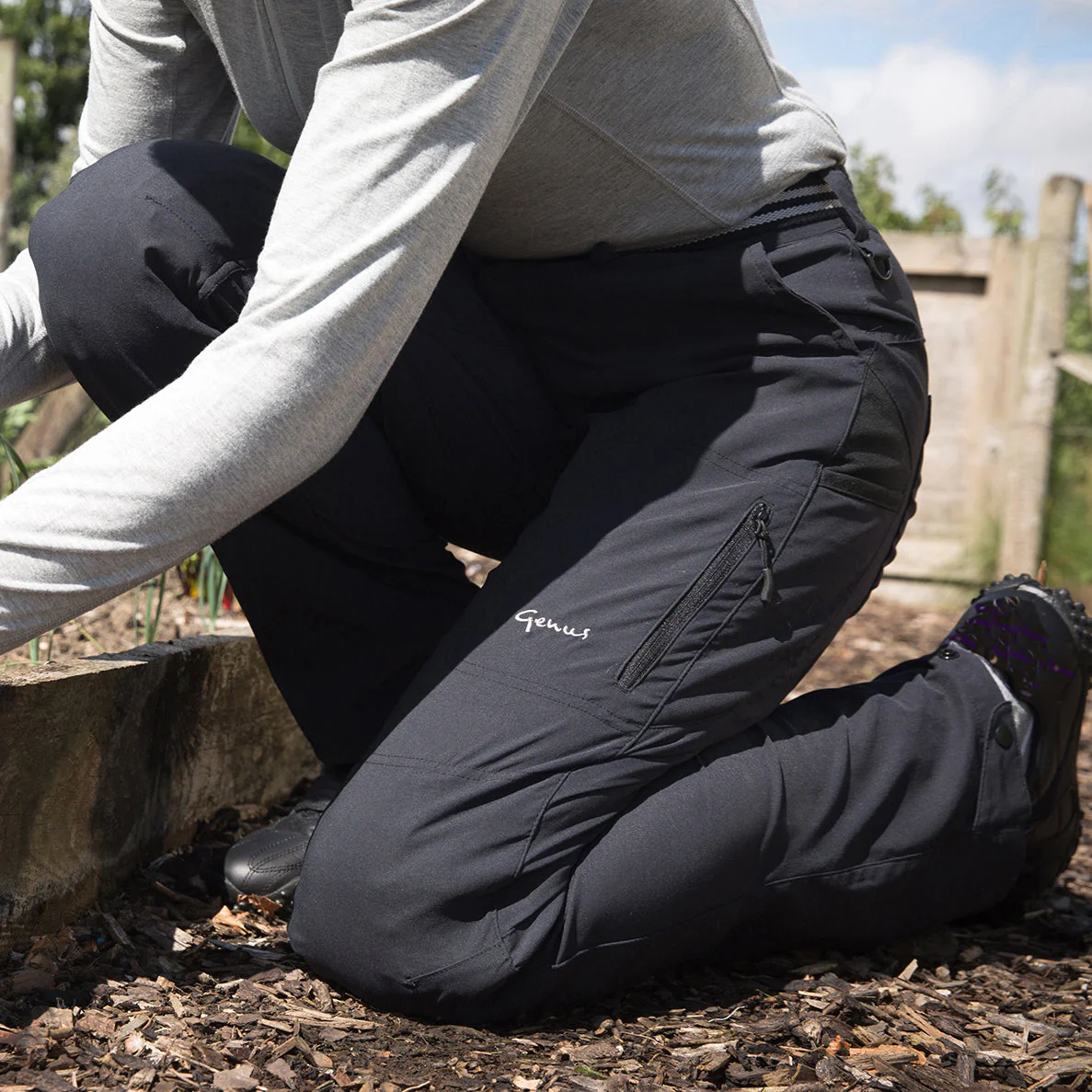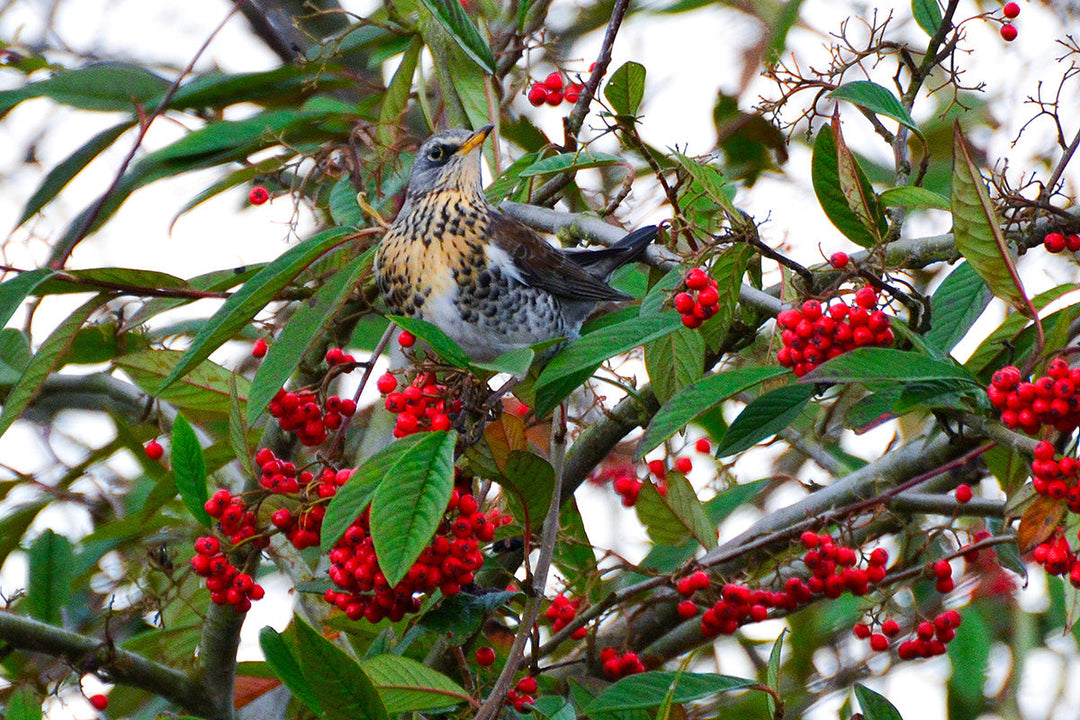Medlars - rotten and ready to eat

The garden medlars (Mespilus germanica) have reached a state of perfect decay this week. It’s not often that we look forward to rotting fruit but this one is improved vastly by slow decomposition or bletting as it is commonly known. Left on the tree they become soft to the touch, with the normally hard astringent flesh ready to eat when they become transformed, feeling like small, delicate, chamois pouches of caramelised apple sauce. Peeled with the back of a knife the dark caramelised flesh can be scooped or sucked out and enjoyed with a strong cheese and a glass of port.
There has been a trend in recent years to keep these fascinating trees as part of mixed orchards. Gardeners with space may like the spreading ‘Dutch’ variety while those with smaller gardens may prefer the more upright ‘Nottingham’ tree. Whatever your decision it’s highly unlikely that you’ll get to taste this historic fruit without growing your own or with the help of a neighbourly enthusiast.











